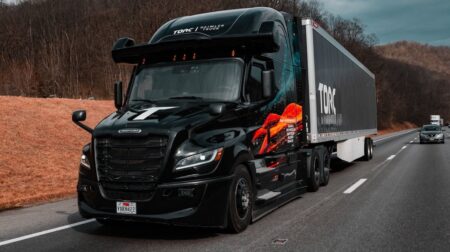The UK government has announced the completion of the Hybrid Area Reconnaissance and Survey (HARS) field trial, which used autonomous uncrewed systems for the reconnaissance and surveyal of areas for chemical and radiological material.
The tests were completed under the purview of the Defence Science and Technology Laboratory (DSTL), with the hopes of using the technology to protect troops, improve efficiency and give the UK armed forces future operational advantages.
DSTL collaborated with the wider Ministry of Defence (MOD) and industry on the project.
Andy Martin, HARS Trial lead scientist, said: “This trial aimed to test the feasibility of the concept and the maturity of the technology.
“This technology offers an innovative approach, which could significantly change the military’s capabilities in the future by reducing the hazard to soldiers and acting as a force multiplier.
“That is quite an exciting thing to be involved in.
“Some of the key challenges associated with the system are reducing the cognitive burden for personnel and using sensors, which are designed to be manually operated by personnel, applying sufficient automation in the system to allow that to be done remotely and autonomously.”
Emma, DSTL lead operational analyst, said: “We know autonomy could be useful to do those repetitive jobs where people are at risk and we can take them away from that risk.
“It has been nice to see it actually in practice, moving around out in the field and demonstrating that this is somewhere that, if we continue to put some work into it, we could make some real progress and do things very differently to the way they’re done now.”
The platform used in the trial was the recently developed concept demonstrator and consisted of an uncrewed ground vehicle (Viking) with a chemical and radiological sensor payload, including two mass spectrometers to identify deposited ground chemicals, two vapour sensors to detect volatile chemicals,
a gamma radiation spectrometer to detect and identify radiological hazards and scientists to review the technology.
Those behind the trial suggest that adding this sensor technology to a modular ‘pallet’ makes it both more scalable and cost-effective, as this enables it to be mounted onto the appropriate platform as and when required.
The trial covered a five-week period on Salisbury Plain, working with soldiers from Falcon Squadron, 28 Engineer Regiment (C-CBRN) to compare the technology with the performance of a crewed system.








